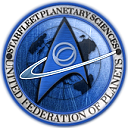Specifications
| Name | Description | |
|---|---|---|
| USS Galileo NCC-80010-A | 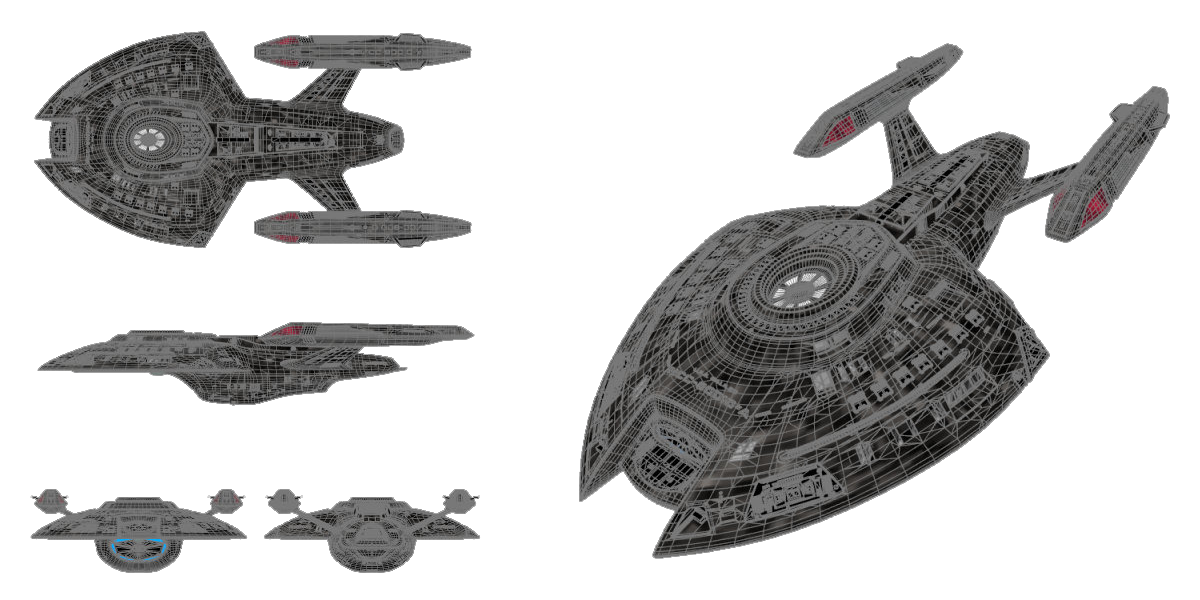 USS Galileo-A is a Nova-class Mark II vessel, a Federation science and scout starship in service during the late 24th century first entering service in 2391 and currently in its initial production phase. The class is designed for short-range and limited-duration research missions such as nebula, planetary, and system surveys. The Mark II is also tasked with executing extensive in-depth research and analysis on a chosen region after a larger explorer vessel has made the initial discovery. The Mark II is the successor to the Nova-class Mark I, now referred to as the 'legacy' Nova, and incorporates the latest Starfleet technological advances to further its scientific mission capability. Notable improvements in the Mark II design compared to the legacy Nova-class include a streamlined internal configuration allowing for a reduced crew compliment; an improved matter/anti-matter warp core and fusion drive; and bio-neural gel pack integration necessary to support an improved computer core assembly. In addition, heuristic analysis of legacy Nova-class deployments and operations has led to a decreased torpedo compliment. In place of many of the quantum and photon warheads, the ordinance casings have been reconfigured to allow an increased probe compliment more suitable to mission profiles requiring sustained scientific investigation. Upgraded phaser arrays (Type X) and EWAR fleet support capabilities have also been added, allowing the Mark II to serve as a front-line support vessel during times of hostilities. |
|
| Regula I | 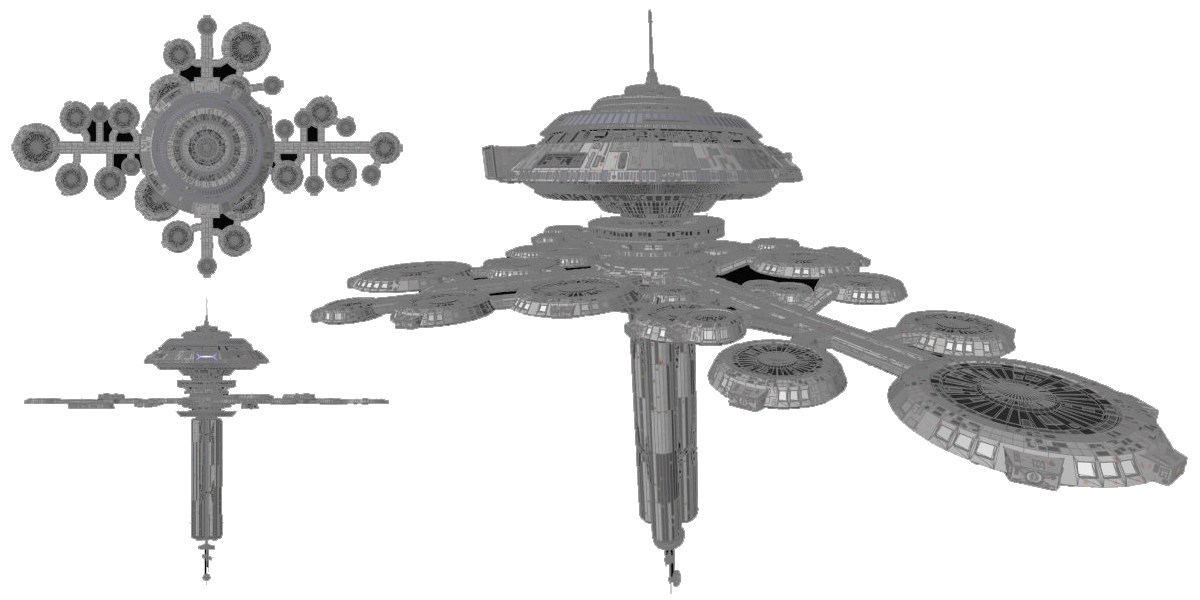 Regula I is a Class 2 space station complex, a type of Federation starbase design that first entered service in the mid 2200s and is still currently in production. While not as large or prolific as the Class 3 and Class 4 starbases (including Stardock-class fleet hubs), the Class 2 is optimized for mission profiles calling for logistics, surveillance, intelligence, communications, administration, and research. Like all Class 2 station complexes, Regula I's design is modular in nature which allows the facility to be customized with the appropriate extensions for ongoing scientific research and planetary investigation. In its current configuration, the starbase is aligned in a zenith orientation and includes a large support module on the top, a central core module in the middle, four tree hub connection modules for attached research facilities, and a large storage tank cluster at the bottom along side a long-range communications array. In addition to these primary assemblies, three toroid modules are integrated into the heart of the complex. These include an escape pod module, an arboretum module, and a recreational module. Regula I was originally commanded by Dr. Carol Markus whose famous research contributions to Project Genesis revolutionized the planetary sciences. First entering service in 2278, Regula I was briefly decommissioned in 2385 and disassembled. New exploratory missions within the Mutara Sector -- one of nine sectors located within the Pleiades Cluster -- have recently revealed additional planets of interest, and in 2391, the station's core modules were towed to the (insert) system. Regula I is now situated in low orbit around the planet (insert), approximately 420 km above the world's surface. The starbase is crewed by a small contingent of Starfleet personnel but the bulk of the 60-person crew are civilian researchers and technicians. Advanced sensor arrays and a robust shuttlecraft compliment allow the station's personnel to observe and analyze data directly from the station, as well as embark upon surface-bound away missions as needed. |
|
| Vincenzo | NCC-80010-A/01 | 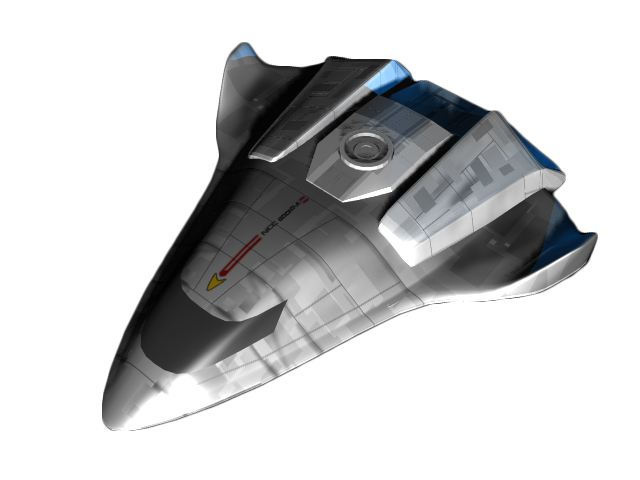 An auxiliary craft manufactured specifically for Nova-class survey vessels, Vincenzo is a Waverider atmospheric shuttlecraft designed to facilitate close quarters examination and survey of planetary bodies by science personnel aboard the ship. At under 20 meters in length, the vessel is small enough to be carried by the petite Nova-class yet large enough to be useful. It is designed to operate in atmospheric conditions and is capable of reaching speeds of up to Mach 12. It is very fuel efficient at Mach 5 and above, making use of the conventional propulsion with back-up impulse and RCS thrusters for maneuvering in space. Unlike ordinary shuttlecraft, the Waverider does not enter the ship's main and auxiliary shuttlebays; instead, it idocks into a recessed port within the ventral portion of the primary hull just forward of the main sensor dome. Access to the Waverider is provided by a hatchway inside the ship and a ladder-equipped hard umbilical. It is not warp capable. |
|
| Pisa | NCC-80010-A/02 | 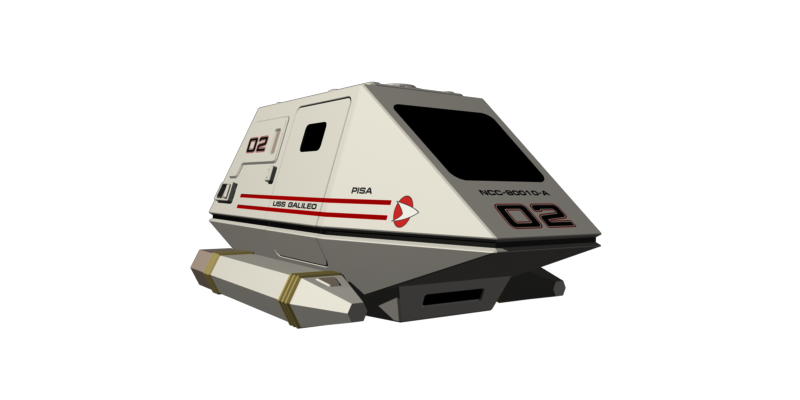 Pisa is the sole shuttlepod carried aboard Galileo. Its namesake corresponds to Galileo Galilei's birthplace in the city of Pisa, Italy, Earth, in the year 1564. The Type 15A shuttlepod is an old and proven support craft design specifically used for sub-warp ferry missions. Its light weight and simplistic design make the craft versatile in its mission capabilities. Able to transport crew between starships and planetary bodies, it occupies a useful niche where a larger shuttlecraft or transporter systems might not be needed or available. |
|
| Virginia | NCC-80010-A/03 | 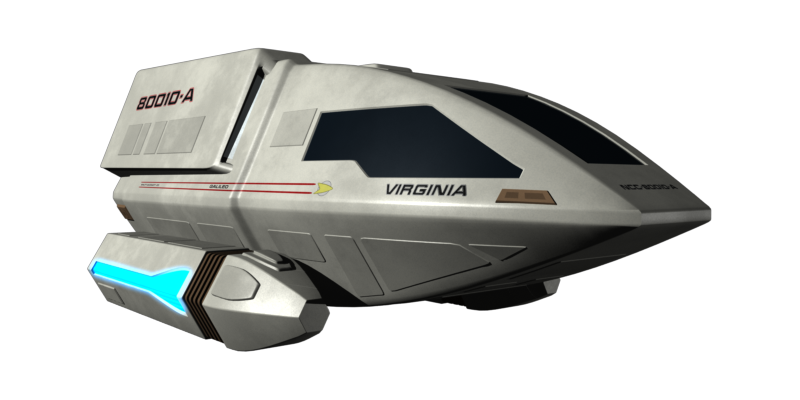 Virginia is one of two Type 6 shuttlecraft carried aboard Galileo and is named after Galileo Galilei's oldest daughter. The Type 6 is a old yet proven shuttle design with a highly efficient (albeit aging) warp reactor design. It excels at short-range transportation missions between orbit and planetary surfaces, as well as ship-to-ship ferry operations. It boasts good carrying capacity with the ability to house up to eight personnel and their relevant supplies. Lightly armed with a slow warp cruise speed, its role is best suited for non-combat operations within uncontested space. |
|
| Livia | NCC-80010-A/04 | 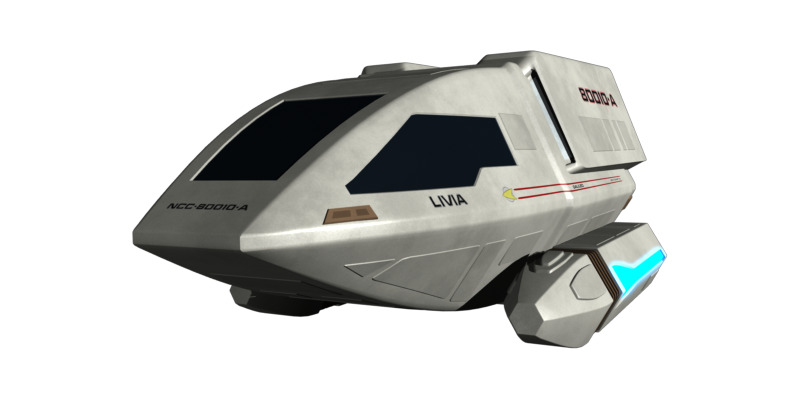 Livia, named after Galileo Galilei's second daughter, is the second of two Type 6 shuttlecraft carried aboard Galileo. The Type 6 is a old yet proven shuttle design with a highly efficient (albeit aging) warp reactor design. It excels at short-range transportation missions between orbit and planetary surfaces, as well as ship-to-ship ferry operations. It boasts good carrying capacity with the ability to house up to eight personnel and their relevant supplies. Lightly armed with a slow warp cruise speed, its role is best suited for non-combat operations within uncontested space. |
|
| Celeste | NCC-80010-A/05 | 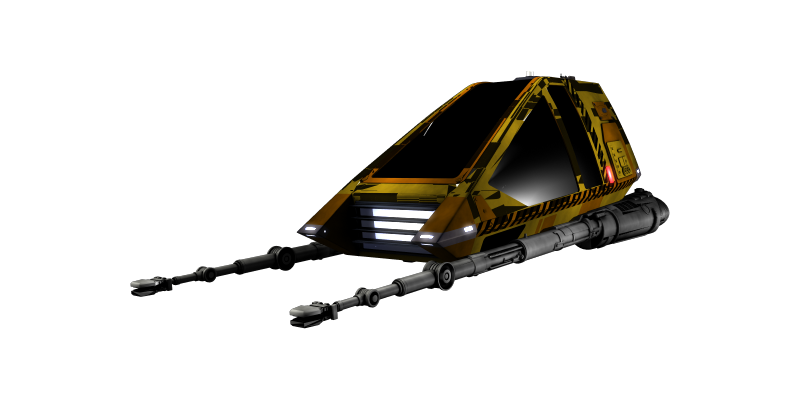 Celeste is Galileo's Brunel-class workbee, a simple utility pod which has changed little from previous workbee incarnations. Featuring a large canopy which provides a wide vision range, the operator is seated in the cockpit which, despite being heated and pressurized, is large enough to accommodate a person in a spacesuit in the event of emergency contingencies. As with previous models, a pair of manipulator arms fold into the body of the craft. |
|


